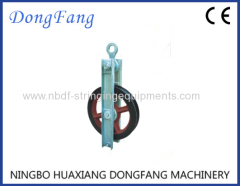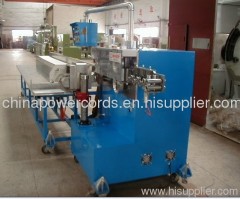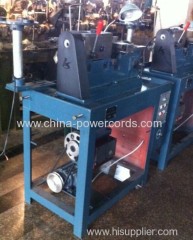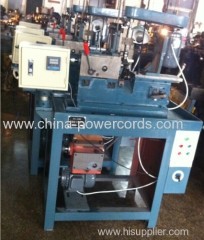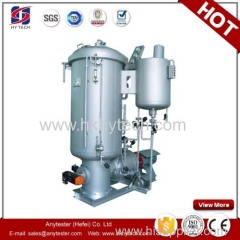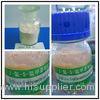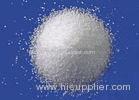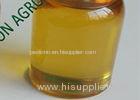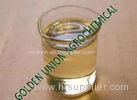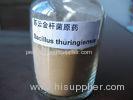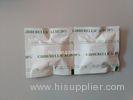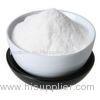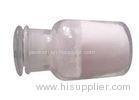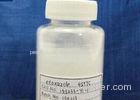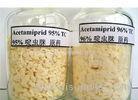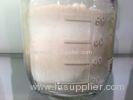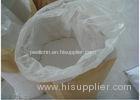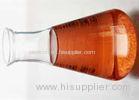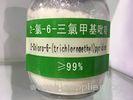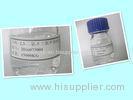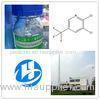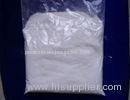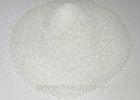Zinc Phosphide Black Rat Bait Blocks Rodenticide Pellets CAS 1314-84-7
| Place of Origin: |
Liaoning, China (Mainland) |
Product Detail
Zinc Phosphide Black Rat Bait Blocks Rodenticide Pellets CAS 1314-84-7
<table align="center" border="1
Zinc Phosphide Black Rat Bait Blocks Rodenticide Pellets CAS 1314-84-7
| ZINC PHOSPHIDE Basic information |
| Product Name: |
ZINC PHOSPHIDE |
| Synonyms: |
blue-ox;caswellno922;delusal;epapesticidechemicalcode088601;gopha-rid;Kilrat;mous-con;phosphuredezinc |
| CAS: |
1314-84-7 |
| MF: |
P2Zn3 |
| MW: |
258.12 |
| EINECS: |
215-244-5 |
| Product Categories: |
INSECTICIDE;RodenticidesChemical Synthesis;Catalysis and Inorganic Chemistry;Pesticides;Pesticides&Metabolites;Zinc |
| Mol File: |
1314-84-7.mol |
 |
| |
| ZINC PHOSPHIDE Chemical Properties |
| mp |
420°C |
| bp |
1100°C |
| density |
4,55 g/cm3 |
| Fp |
1100°C |
| Sensitive |
Moisture Sensitive |
| Merck |
14,10152 |
| CAS DataBase Reference |
1314-84-7(CAS DataBase Reference) |
| Hazard Codes |
F,T+,N |
| Risk Statements |
15/29-28-32-50/53 |
| Safety Statements |
3/9/14-30-36/37-45-60-61-43-28 |
| RIDADR |
1714 |
| RTECS |
ZH4900000 |
| HazardClass |
4.3 |
| PackingGroup |
I |
| Provider |
Language |
| ALFA |
English |
| |
| ZINC PHOSPHIDE Usage And Synthesis |
| General Description |
ZINC PHOSPHIDE is a dark gray granular solid. ZINC PHOSPHIDE is slowly decomposed by water giving off phosphine, a flammable poison gas. ZINC PHOSPHIDE is toxic by ingestion. ZINC PHOSPHIDE is used in medicine and as a rat poison. |
| Reactivity Profile |
ZINC PHOSPHIDE is a reducing agent. They slowly generate flammable or noxious gases in contact with water. Phosphides react quickly upon contact with moisture or acids to give the very toxic gas phosphine; phosphides also can react vigorously with oxidizing materials. In general, materials in this group are incompatible with oxidizers such as atmospheric oxygen. They are violently incompatible with acids, particularly oxidizing acids. |
| Health Hazard |
ZINC PHOSPHIDE is very caustic when ingested. ZINC PHOSPHIDE reacts with water and acid in the stomach and causes severe irritation. The probable oral lethal dose is 5-50 mg/kg, or between 7 drops and 1 teaspoonful for a 70 kg (150 lb.) person. Most patients die after about 30 hours from peripheral vascular collapse secondary to the compound's direct effects. Extensive liver damage and kidney damage can also occur. Ingestion of 4-5 grams has produced death in human adults, but also doses of 25 to 50 grams have been survived. The lowest oral lethal dose reported for women is 80 mg/kg. |
| Fire Hazard |
When heated to decomposition, ZINC PHOSPHIDE emits toxic fumes of phosphorus and zinc oxides. Irritating oxides of phosphorus may be formed in fires. May ignite in presence of moisture. Contact with water produces flammable gas. Runoff to sewer may create fire or explosion hazard. Decomposed slowly by water giving off phosphine, a flammable poison gas. Reacts violently with concentrated sulfuric acid, nitric acid, and other oxidizing agents. Reacts with hydrochloric acid or sulfuric acid with the evolution of spontaneously flammable phosphine. May ignite in the presence of moisture, or evolve flammable gas. Stable unless exposed to moisture; toxic phosphine gas may then be released and collected in closed spaces. Hazardous polymerization may not occur. |
| |
| ZINC PHOSPHIDE Preparation Products And Raw materials |
| Raw materials |
ZINC-->Phosphorus |
Related Search
Find more related products in following catalogs on Hisupplier.com






